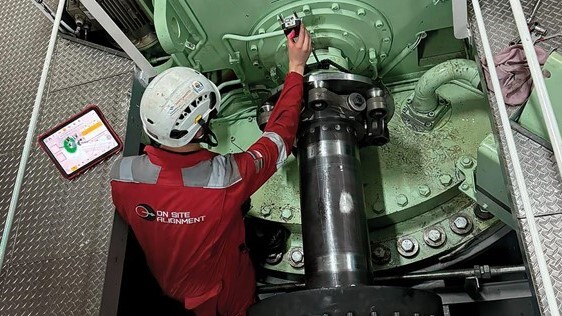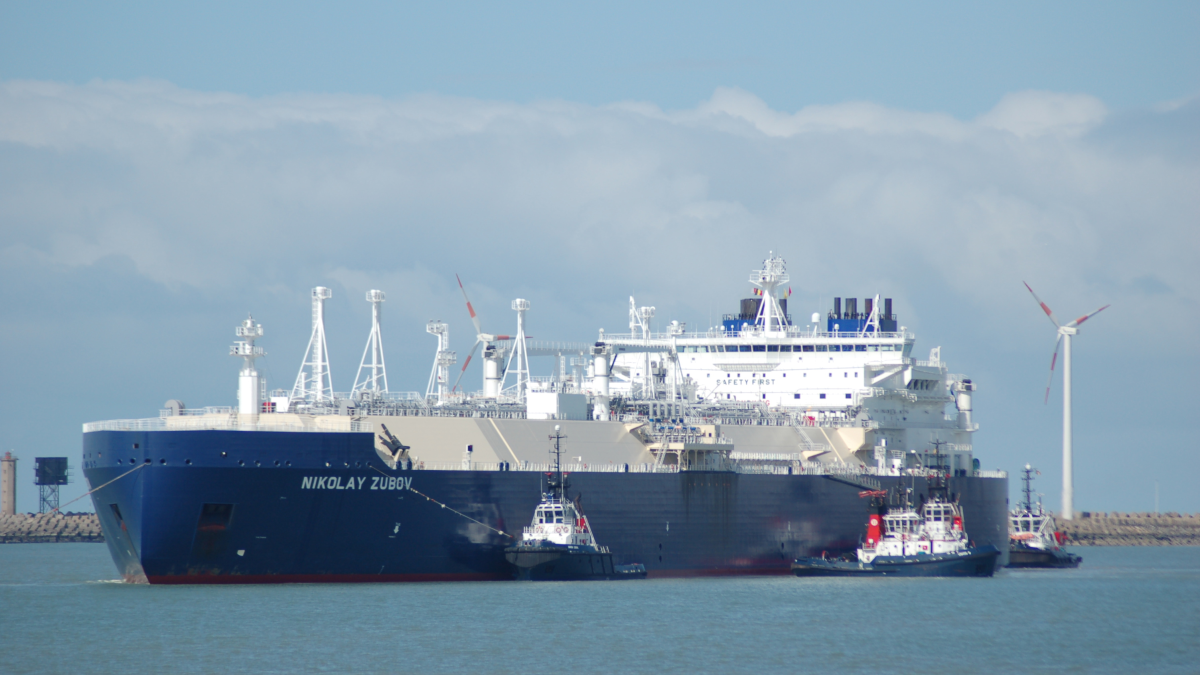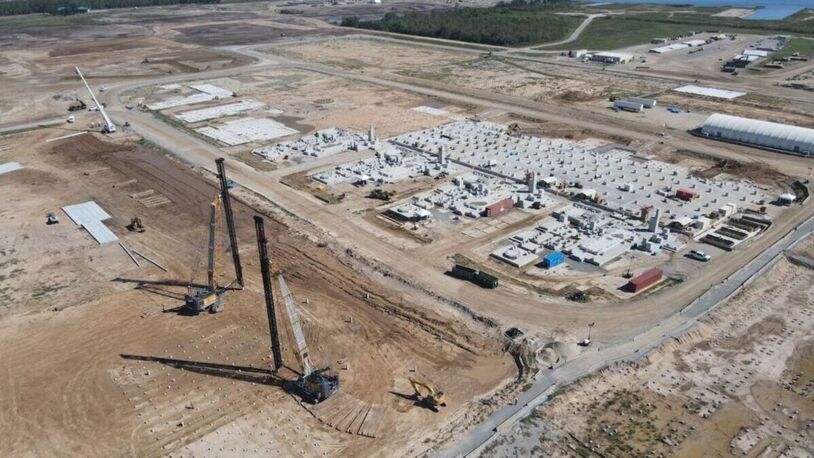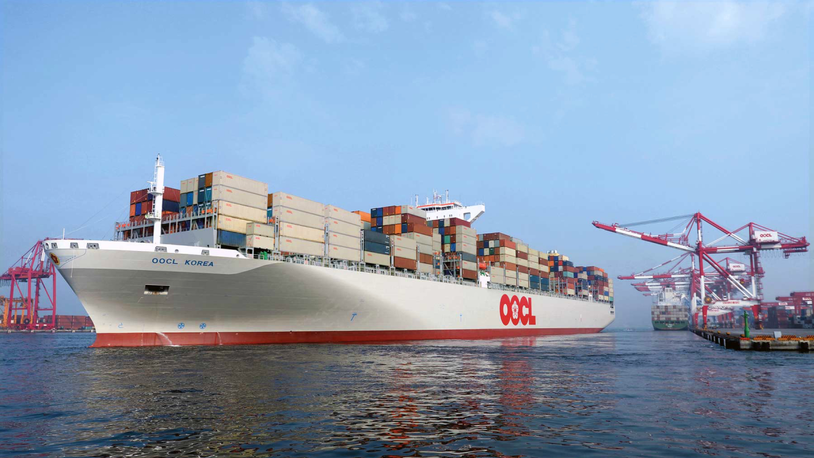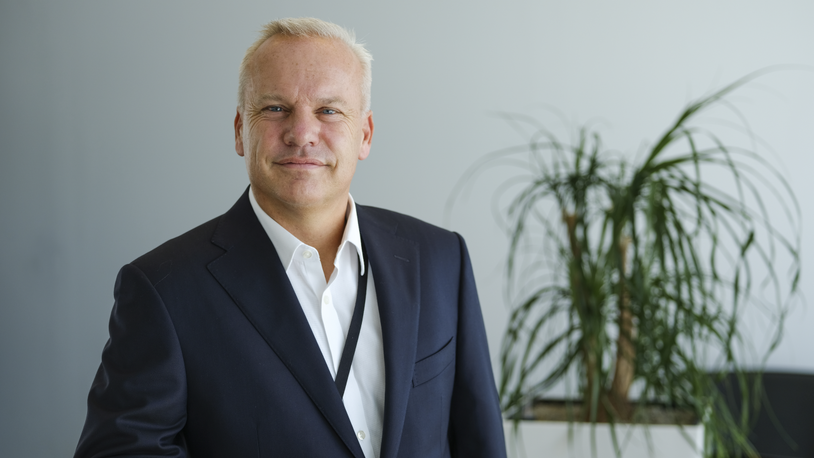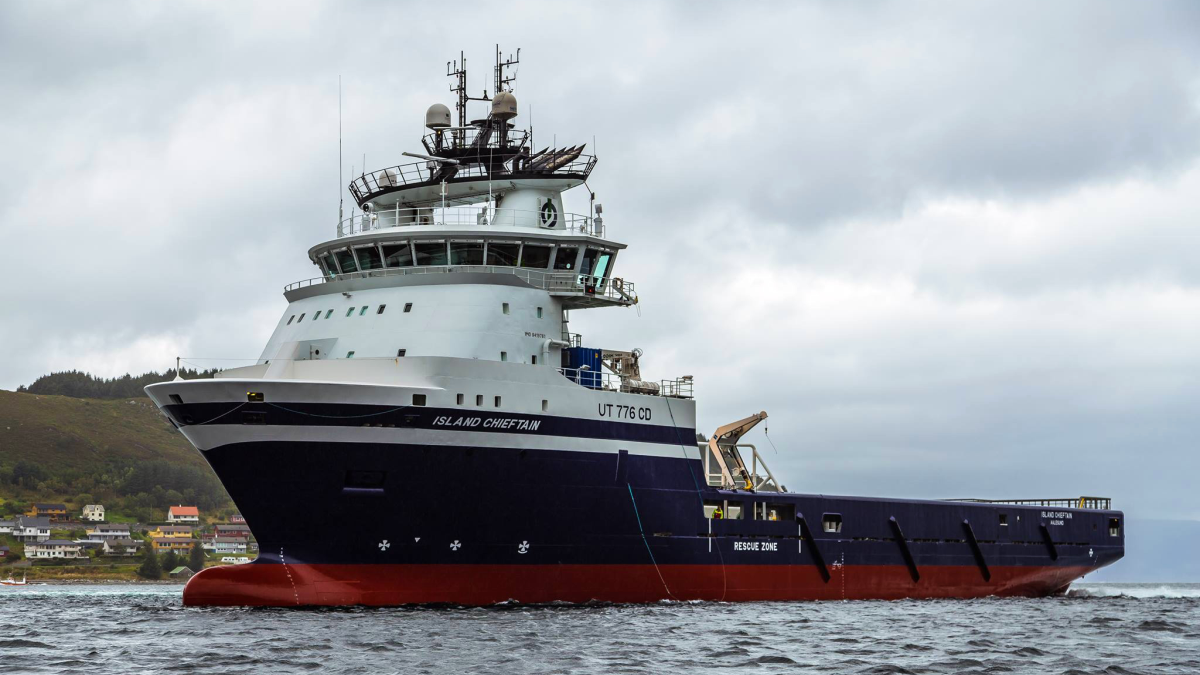Business Sectors
Events
Contents
Register to read more articles.
Incremental changes reshape LNG terminals across Europe
Subtle developments at European LNG terminals are reshaping long-term energy strategies
Since the beginning of 2025, western and southern Europe’s LNG terminals have seen few dramatic transformations. Yet beneath the surface, a quiet but consequential series of changes is unfolding — alterations which, over time, may recalibrate the region’s energy landscape.
At Belgium’s Zeebrugge terminal, a phased expansion is already yielding results. The addition of three open-rack vaporisers lifted regasification capacity to 11.3 million tonnes per annum (mtpa) in early 2024. A further 1.3 mtpa is expected by January 2026. The choice of open-rack units — using seawater or hot water from adjacent power plants in place of traditional gas-fired systems — forms part of the operator’s climate strategy. It reported avoiding 116,750 tonnes of CO₂ emissions at Zeebrugge in 2023 through this approach.
“Montoir now offers bio-LNG loading services for both trucks and small LNG carriers”
However, Zeebrugge’s role as a key hub for Russian LNG imports has not gone unnoticed. Belgium is now among the largest recipients of Russian gas by sea. Discussions are ongoing within the European Union on whether these flows should be curtailed. The situation is mirrored in Rotterdam, where Gate LNG Terminal has seen Russian shipments double year-on-year to an average of two tankers per month during summer 2024. Belgium’s energy minister, Tinne Van der Straeten, has been among those calling for tougher restrictions.
Further south, regulatory developments have already taken hold. At the Montoir-de-Bretagne terminal in France, the EU ban on transshipping Russian LNG came into effect this year. European facilities, including Montoir, may no longer be used as staging posts for onward deliveries. In response, Russian exporters are reportedly seeking alternative channels, such as ship-to-ship transfers.
Despite geopolitical tensions, innovation continues. Montoir now offers bio-LNG loading services for both trucks and small LNG carriers. This allows certified biomethane to be transformed into a liquefied form suitable for distribution to sectors that are otherwise hard to decarbonise, including maritime transport and remote industrial sites. The service was made possible after Elengy, the terminal’s operator, secured ISCC certification as a "liquefaction plant" in late 2024.
In Italy, construction has also commenced on the supporting breakwater for Ravenna’s offshore terminal. Acciona and RCM, Costruzioni was awarded a EUR216M contract to build the 880-metre-long structure, which will sit more than eight kilometres offshore. Funded by Cassa Depositi e Prestiti, the work is expected to take two years.
In Greece, the Revithoussa terminal continues to demonstrate its relevance. Scheduled maintenance between late April and mid-May is not expected to disrupt supply. More importantly, the terminal’s regasification slots are almost fully booked through to 2030, an indicator of continued demand and long-term stability in the market.
Poland, meanwhile, has completed a major infrastructure upgrade. In January 2025, Gaz-System finalised the expansion of the Świnoujście LNG terminal, bringing its regasification capacity to 8.3 billion cubic metres per year. The project added a third storage tank and a new jetty, enhancing Poland’s ability to receive and distribute gas through multiple channels and vessel types. This increase translates into at least 2.5 billion additional normal cubic metres of gas annually.
Related to this Story
Events
Maritime Environmental Protection Webinar Week
Cyber & Vessel Security Webinar Week
The illusion of safety: what we're getting wrong about crews, tech, and fatigue
Responsible Ship Recycling Forum 2025
© 2024 Riviera Maritime Media Ltd.

